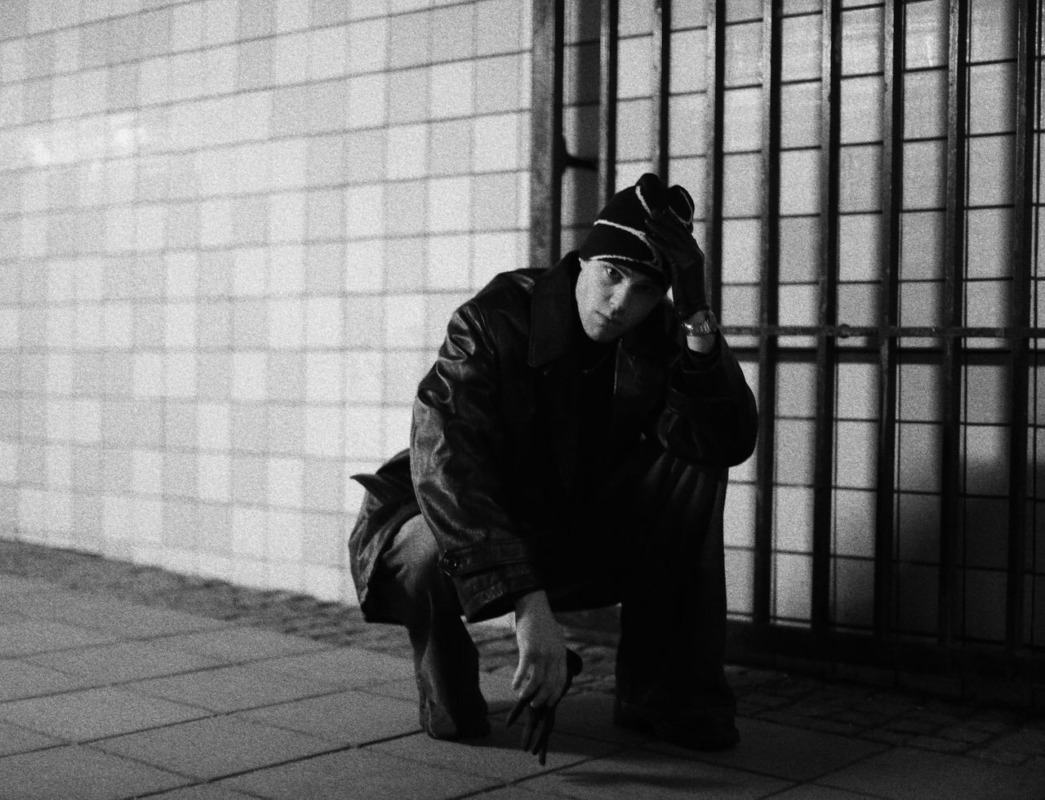The new Netflix anime Yasuke is about the life of the real-life warrior of the same name -- the only known Black man to become a member of the samurai class. He served under the daimyo Oda Nobunaga, the first of the three men who unified Japan.
Yasuke was the first non-Japanese person allowed to wear the two swords of a samurai and he survived the infamous incident at Honno-ji where Nobunaga was betrayed and committed seppuku. His presence in Japan is well-documented, but he was an experienced warrior long before arriving on the island nation. Not much is known about his early life, but what is known spans multiple continents and cultures.
Yasuke's Early Life in Africa
Yasuke was born somewhere in East Africa, but the details of his early life aren't well documented. Recordkeeping in the 16th Century was far better than in earlier eras but was sparse by modern standards. Furthermore, the lives of villagers and commoners have never been well-documented compared to those of the ruling classes. As such, there is some debate as to what exactly transpired in Yasuke's early life.
In his 1627 book Eccliasastical Historical of the Isles and Kingdoms of Japan, Francois Solier claimed Yasuke was born in Mozambique. Some modern historians believe he was one of the Makua people -- a Bantu group who live in the region -- and it has been proposed that his name was originally Yasufe. However, historian Thomas Lockley is not convinced.
Lockley and Geoggrey Gerard's 2019 book African Samurai: The True Story of Yasuke, a Legendary Black Warrior in Feudal Japan argues that Yasuke was famed for his incredible height and martial prowess, though the Makua were shorter and nonviolent. The book suggests that he was actually one of the Dinka people, cattle herders and skilled warriors living along the Nile in modern-day South Sudan. Lockley and Gerard describe a possible scenario in which Sudanese slavers might have attacked Yasuke's village, their bodies painted white with mud from the Nile, murdering the men of the village and then taking the women and children to be sold into slavery in the port city of Suakin, where he was shipped overseas to India.
Yasuke's Time In India
In India, Yasuke trained to become a Habshi warrior. During the Mughal Empire, Habshi were enslaved soldiers who served feudal lords or were hired out as mercenaries. It is important to remember that slavery was not the same in all places and the popular image of slavery in the Americas is far worse than what many other slave cultures had. Yasuke would have been respected as an elite warrior, allowed to own property and given far more personal freedom than many European serfs. He trained in both cavalry and infantry tactics, mastering spear-fighting and serving alongside seven hundred other African mercenaries under the Persian leader Ibrahim Husain Mirza. The Mughal Empire was a cultural hub with many free African people, and it is possible that he earned his freedom through military achievements.
Yasuke was in the besieged city of Surat when it surrendered to the Mughal Emperor Akbar I. Both the Habshi soldiers and the city's Portuguese Jesuits were permitted to flee Surat. He joined up with the Jesuits and a short while later entered the service of Alessandro Valignano, the man personally tasked with spreading Catholicism throughout East Asia. He became Valignano's bodyguard and accompanied the Portuguese priest on a mission to Japan.
Jesuits In Japan
The Jesuits were a Catholic order interested in spreading their faith through the world. They were known for their compassion and cultural understanding, rare qualities at a time when the Church still advocated killing and enslaving non-Catholics. The Jesuits were also a militant order and they sometimes led indigenous peoples to rise against colonial oppressors. However, they were also willing to bloody their hands if they thought it would help save some souls. Jesuits traded in enslaved people and guns, and they gained influence in Japan by promising European firearms to feudal lords in exchange for agreeing to protect the Jesuits and convert to Catholicism (which also meant forcibly converting their subjects).
As the head of the East Asian Jesuits, Valignano believed in respecting Japanese culture. However, he still employed seedy political strategies and dramatic theatricality. Hiring Yasuke as a bodyguard was an example of the latter. African men were known in Japan and depicted in Sengoku Era art. But this was a time when the average Japanese person stood at only about five feet, so seeing a six-and-a-half-foot warrior with East African features made quite an impression. Crowds who had come to see Valignano soon flocked around Yasuke instead. Soon, he was recruited by Oda Nobunaga, the most important man in Japan. Eventually, Nobunaga granted Yasuke a pair of swords and made him the first non-Japanese samurai. The rest is history.
About The Author

